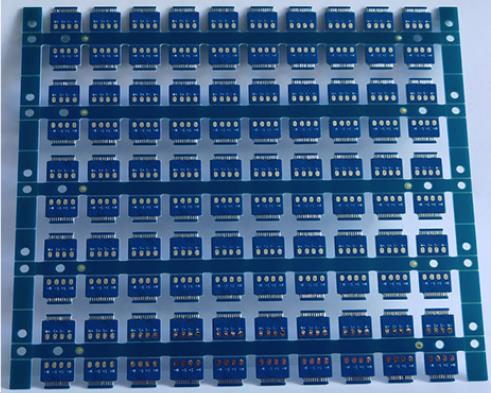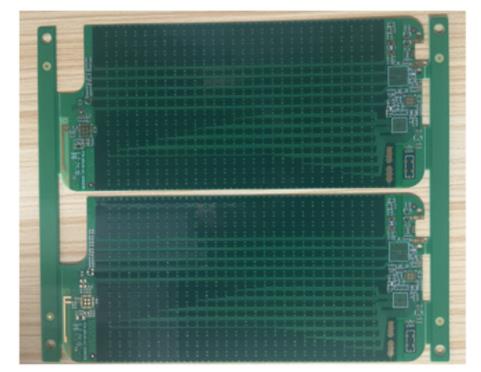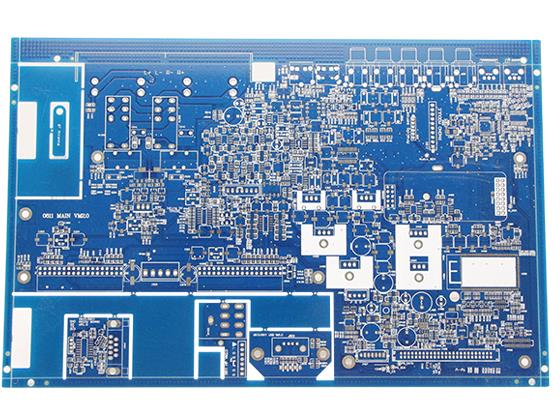
Explanation of the Five Most Common Errors in 5G PCB Design
The Circuit board manufacturer, circuit board designer and PCBA manufacturer explain the five most common mistakes in 5G circuit board design
The 5G PCB design process is composed of a series of industrial design steps, whICh is the key link to ensure the quality of large quantities of PCB products and reduce troubleshooting. 5G PCB is the basis of industrial electronic product design. Whether SMAll batch production or mass production of consumer electronics, almost all design technologies include 5G PCB design. Because of the complexity of the design process, many common mistakes will occur repeatedly. The following is a list of the five most common design problems in the 5G PCB design and the corresponding countermeasures.
01 Pin error
Series linear regulated power supply is cheaper than switching power supply, but its power conversion efficiency is low. In general, many engineers choose to use linear regulated power supply due to its ease of use and low price. However, it should be noted that although it is very convenient to use, it will consume a lot of electric energy and cause a lot of heat diffusion. In contrast, the switching power supply is complex in design but more efficient. However, it should be noted that the output pins of some regulated power supplies may not be compatible with each other, so you need to confirm the relevant pin definitions in the chip manual before wiring.

02 Wiring error
The difference between design and wiring is the main error in the final stage of 5G PCB design. Therefore, some things need to be rechecked, such as device size, via quality, pad size and recheck level. In a word, it is necessary to conduct repeated confirmation check against the design schematic diagram.
03 Corrosion Trap
When the included angle between 5G circuit board leads is too small (sharp angle), an acid trap may be formed. During the corrosion stage of the circuit board, the corrosion solution may remain on these sharp corner wires, so as to remove more copper coating there, thus forming a stuck point or trap. The lead wire may be broken in the later period to form an open circuit. Due to the use of photosensitive etching solution in modern fabrication process, this corrosion trap phenomenon is greatly reduced.
04 Stele device
When some small surface mounted devices are welded by reflow process, the device will form a single end cocking phenomenon under the infiltration of solder, commonly known as "monument". This phenomenon is usually caused by the asymmetric wiring mode, which makes the heat diffusion on the device pad uneven. The use of correct DFM inspection can effectively alleviate the phenomenon of erecting a monument.
05 Lead wire width
When the current of 5G circuit board leads exceeds 500mA, the first wire diameter of 5G circuit board will appear insufficient. In general thickness and width, the wires on the surface of 5G circuit boards pass more current than the wires inside multilayer circuit boards, because the surface leads can diffuse heat through air flow. The line width is also related to the copper foil thickness of the layer. Most 5G circuit board manufacturers allow you to choose copper foil circuit board manufacturing, circuit Board Design and PCBA processing manufacturers with different thicknesses from 0.5 oz/sq.ft to 2.5 oz/sq.ft to explain the five most common mistakes in 5G circuit board design.









